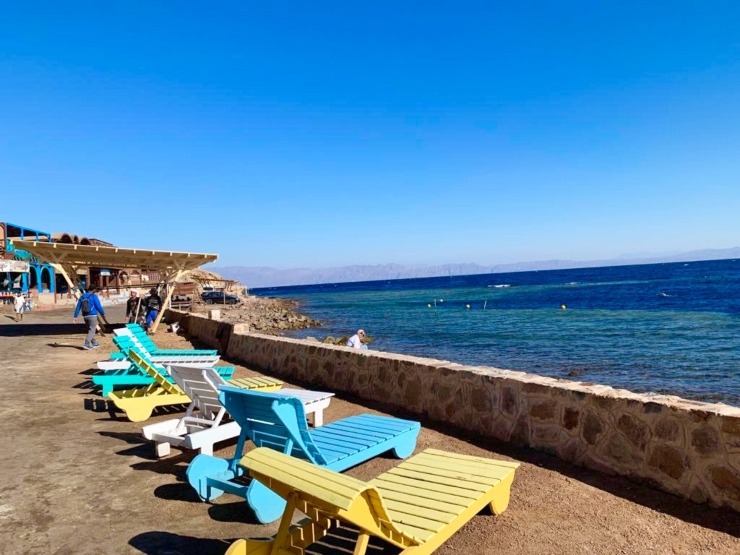The Blue Hole area located at Abu Jalal Reserve in Dahab is one of the most beautiful spots around Egypt and is considered to be one of the best dive sites in the world; it’s especially popular among freedivers. It has a number of rare fish species and unique coral reefs which have attracted tourists from all over the world, with visitors traveling far and wide just to visit the site.
The Blue Hole is around 130m deep, and it contains corridors and caves under the water that link it to the open sea. And although the place is famous for its scenery, the Blue Hole is also famous for the frequent and unfortunate deaths of divers, to the point that they called it “Cemetery of Divers”; you can see the divers’ memorials there next time you visit.
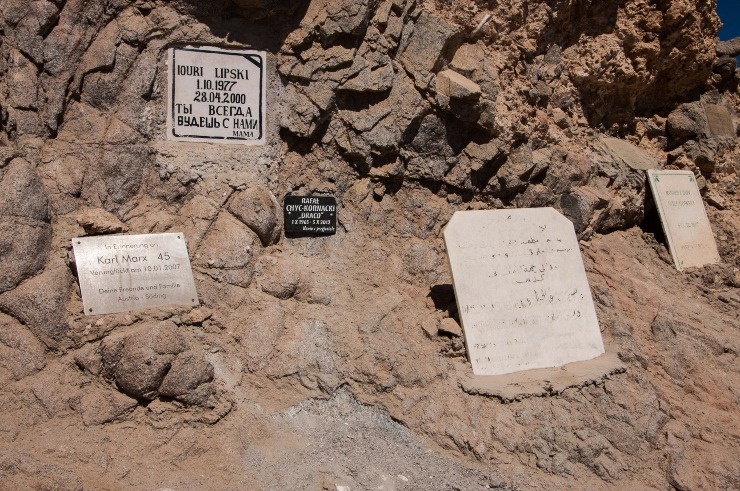
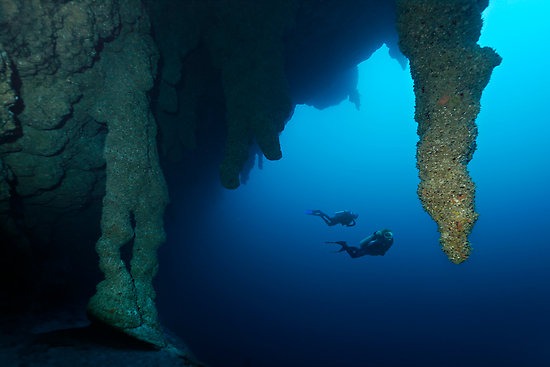
The frequent occurrence of accidents isn’t the only problem visitors face at the Blue Hole, as the area doesn’t normally have enough services for divers and visitors to accommodate them, and it doesn’t have a sufficient number of warning signs for places that are forbidden to swim or dive in. Therefore, the Egyptian Ministry of Environment, in cooperation with the United Nations Development Project, adopted the implementation of the Egyptian Protected Development Project. The Blue Hole was the last to be developed using stones, woods, and other environmentally friendly materials.
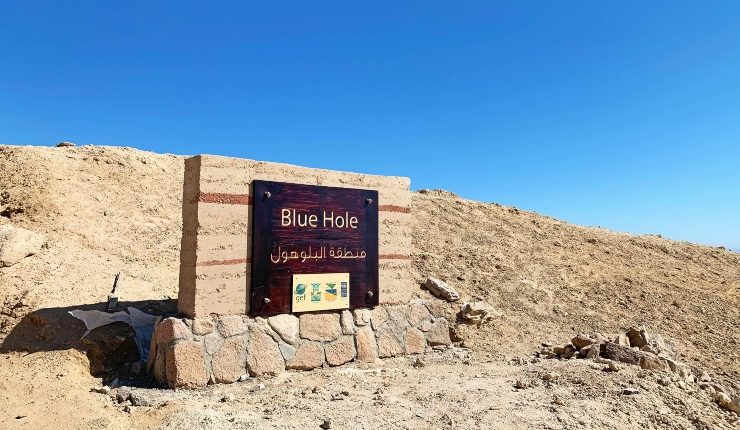
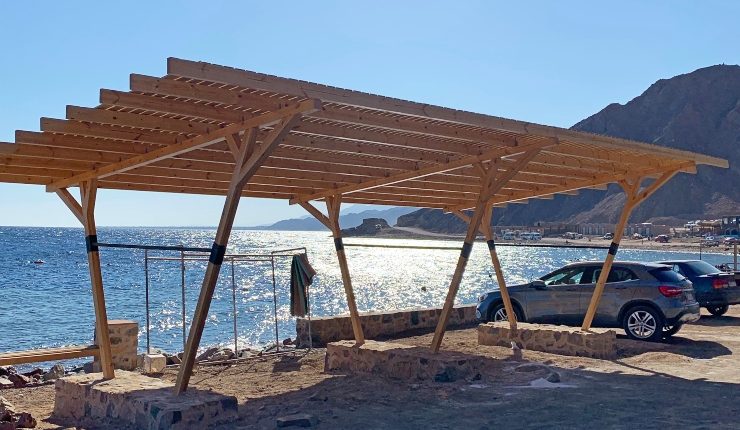
The project was managed by Hand Over, a social institution that mainly focuses on sustainability and the use of local and environmentally friendly materials in the construction of housing and service buildings in general. And indeed, the project mainly relied on the use of compacted soil, or Rammed-Earth, which consists of local, natural components such as stones and wood.
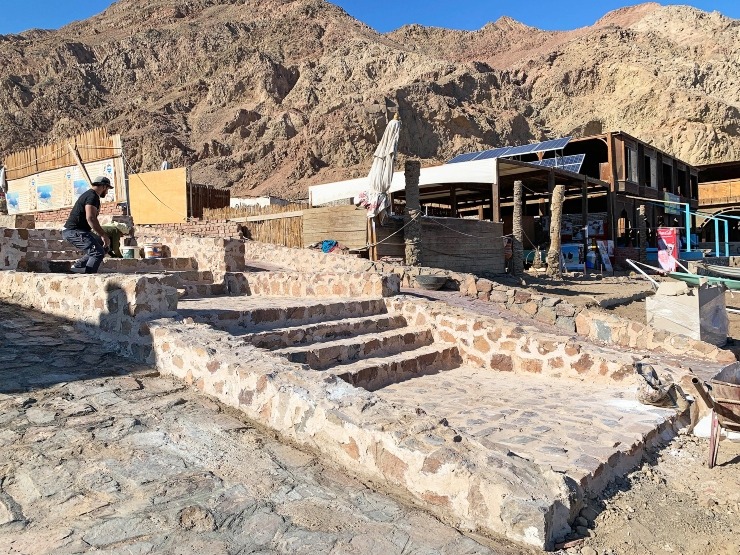
We spoke with Engineer Radwa Rustam, the owner of Hand Over project, and we understood that the process of developing the reserve included three buildings: a management building that has a place to book tickets, a building for toilets with a dry toilet system to provide water use, and another building for the park’s security at a higher level so that it covers the whole area.
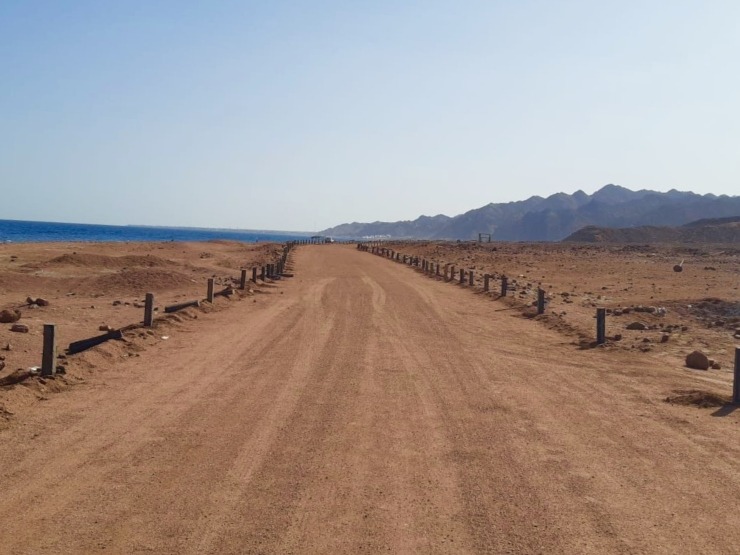
The main focus of the project is to attract tourists, and to facilitate and organizing their visits to the region. However, the roads to the reserve were bumpy and difficult to walk on, so they were paved to facilitate ease of movement. Umbrellas and seating areas for visitors and divers were built, and most importantly, as a way to preserve the visitors’ safety, a wall was built along the beach to alert them to coral reef areas.
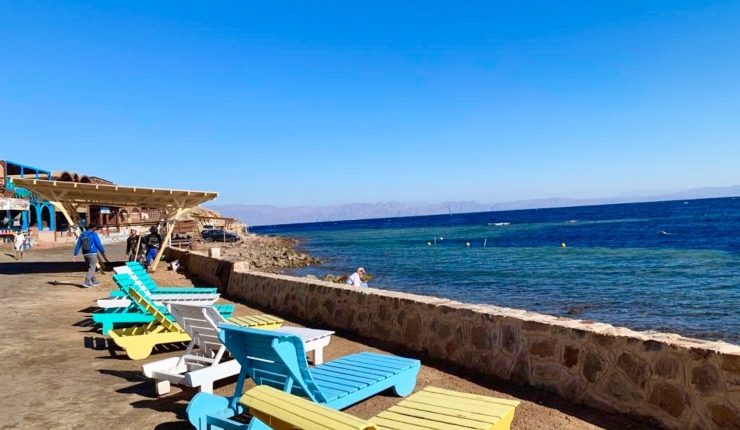
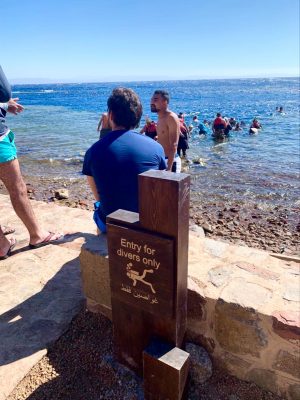
Among the few problems the Blue Hole had was the absence of warning signs, especially at the diving sites; there weren’t any signs that showed the features and buildings of the area and the services available there as well. Therefore, a set of banners has been added to make the experience more fun and a lot easier for all visitors.


